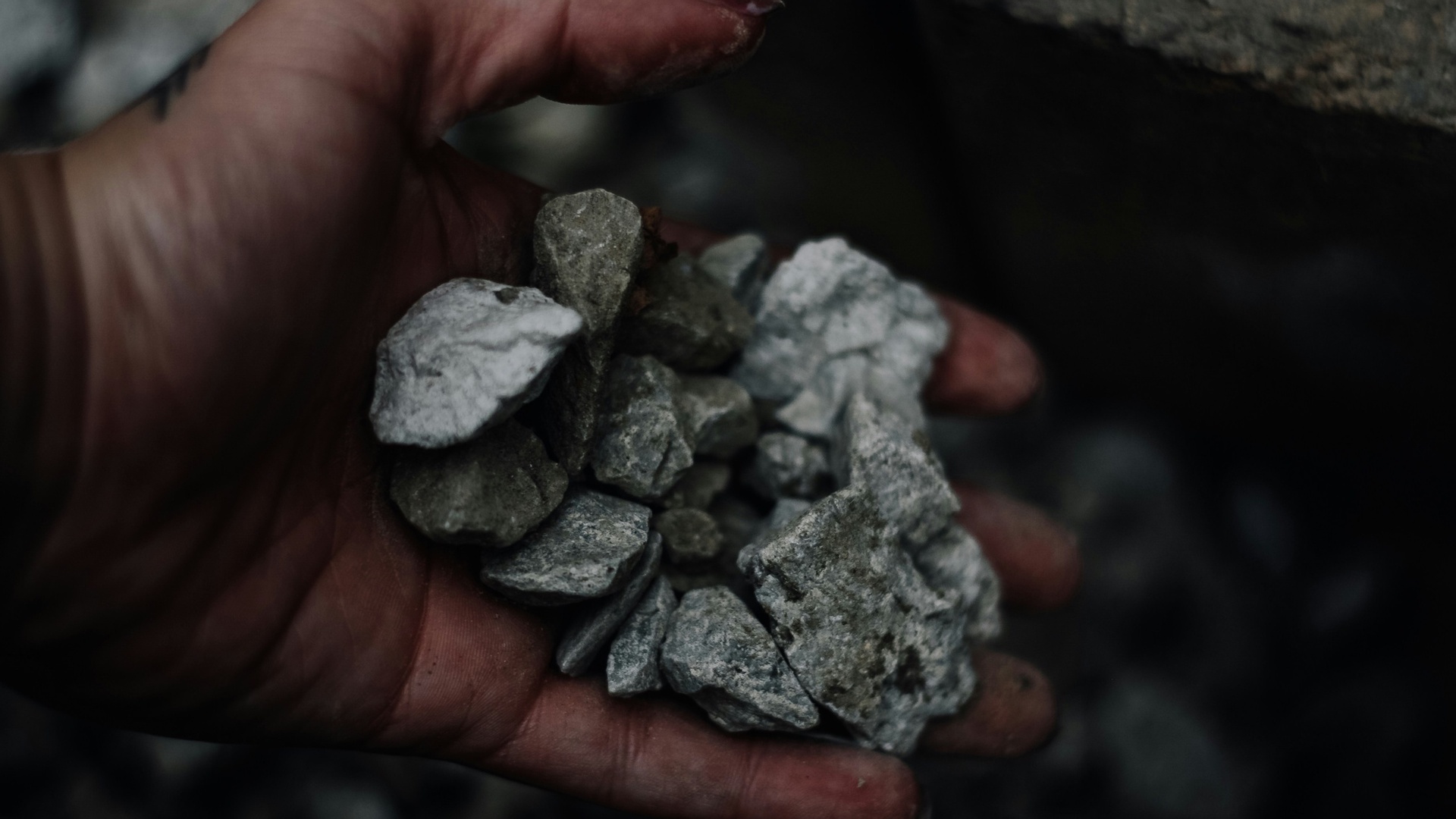

China’s tightening grip on the export of key critical minerals is poised to deliver a billion-dollar blow to the U.S. economy, according to a new report from Macquarie Group. Even as the United States diversifies its sourcing of these strategically essential materials, the country remains highly vulnerable to supply disruptions from China, particularly in sectors closely tied to national defense and advanced technology.
Macquarie’s analysis, spearheaded by Chief Economist Ric Deverell, modeled the potential impact of Chinese export restrictions on five elements: four rare earths, samarium, lutetium, terbium, and dysprosium, as well as gallium, a critical metal used in semiconductors. Their conclusion? The curbs could reduce U.S. GDP by more than $1 billion annually, not solely due to the dollar value, but also because of strategic vulnerabilities in high-tech and defense industries.
The study found that in 2024, U.S. domestic primary mine production totaled approximately $17.5 billion, a modest figure when compared to the nation’s total critical mineral imports, which reached $65 billion. Contrary to the popular perception of deep U.S. dependency on China, the report reveals that Chinese shipments accounted for only $2 billion, or roughly 3%, of those imports.
Instead, the leading exporters to the United States were Canada (32%), Chile (10%), Mexico (8%), and South Africa (7%), reflecting a supply chain that is more geographically comprehensive than assumed. Still, in the realm of rare earth compounds and metals vital ingredients for everything from jet fighters to smartphones, the U.S. remains about 80% import reliant, and of these critical imports, roughly 70% come from China.
According to Macquarie, in 2024, the U.S. imported $170 million worth of rare earth metals, with $120 million sourced from China alone. Although dollar values remain moderate, their strategic significance, especially for defense technologies, amplifies the potential economic and geopolitical risks. “The biggest cost would be strategic,” the analysts emphasized, noting that key American industries, particularly defense, aerospace, and high-tech manufacturing, remain intertwined with Chinese mineral supply chains.
China’s leverage over critical mineral exports is evolving. Following tightened controls introduced in April 2025, Beijing now plans to implement a refined export licensing system aimed at safeguarding national security interests. According to The Wall Street Journal, the policy will create a “validated end-user” (VEU) framework that expedites approvals for firms with no military ties, while continuing to restrict access for defense-linked entities in the U.S. and Europe.
This two-tiered system is Beijing's latest strategy to balance its trade obligations with domestic security. Under the new rules, companies supplying both civilian and military products could face increasing difficulty securing vital raw materials, particularly rare earths, for manufacturing electronics, EV batteries, and aerospace components. Gallium, which is critical for semiconductors and radar systems, is also under scrutiny, with U.S. manufacturers expected to feel the pinch should China's restrictions persist or intensify.
Facing growing constraints, the U.S. is actively seeking alternative suppliers, with Australia emerging as a natural partner. Following the recent signing of a bilateral critical minerals framework, Australia has positioned itself as a favored ally in the U.S. effort to reduce dependency on China. Macquarie’s report highlights that Australia currently holds over 15% of global critical mineral reserves and produces nearly half the items listed on the updated U.S. critical minerals list, which now stands at 60 elements, including newly added materials like copper and silver.
Although Australia currently accounts for just 2% of America’s critical mineral imports, more than $50 billion in Australian mining investments is already in the pipeline, signaling a potential production resurgence after five quiet years. In an optimistic scenario presented by Macquarie, Australia could completely replace Chinese critical mineral imports to the United States, assuming sufficient infrastructure, investment, and political will materialize.
Macquarie’s report delivers a sobering message: while the U.S. may have successfully spread its mineral supply chain across multiple allies, its dependence on specific Chinese materials for high-end manufacturing and security applications remains a significant vulnerability. If short-term GDP losses top $1 billion a year due to export curbs on a handful of minerals, the broader strategic cost in terms of lost capacity, innovation delays, and national security trade-offs could be far higher. As nations like China wield their mineral monopolies with increasing precision, the race to secure, diversify, and future-proof mineral supply chains has become more than just an economic necessity; it’s a geopolitical imperative.